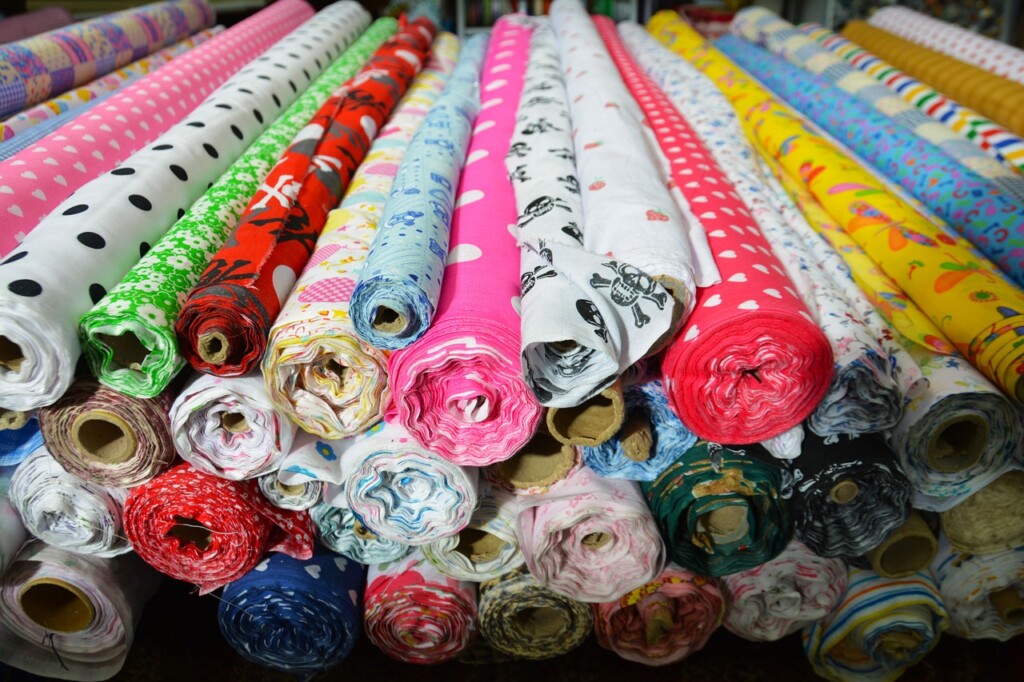The Made in China 2025 Plan aims to shift the country from being the world’s leading low-cost factory to becoming a manufacturing industry with quality as its added value. This new strategy, driven by the Chinese government, seeks to restructure the industry to become a leader in technology by enhancing quality and efficiency over quantity.
The Made in China 2025 Plan sets a timeframe of three decades to achieve its goals. Announced in 2015, the strategy is structured in three phases that will culminate in 2045 with China at the forefront of innovation. The first phase of the plan, ending in 2025, marks the beginning of narrowing the gap with the most developed countries, which will continue with a strategy to position the Made in China brand.
In Search of Innovation
This is one of the main consequences of China’s economic success, which has led to increased labor costs due to improved working conditions. This change has led many countries to seek cheaper labor in other places like Vietnam or Bangladesh.
This fact, coupled with the aging population due to the one-child policy, could jeopardize China’s growth rate, prompting the government to develop a viability plan for the country.
Following the example of its neighbors, Japan, Hong Kong, Singapore, Taiwan, and South Korea, the Made in China 2025 Plan aims to boost its economy by focusing on innovation, investment in R&D, human capital, and education.
The sectors focused on by this strategy are:
- Electrical equipment
- Agricultural machinery
- Information technologies
- Aerospace equipment
- New materials
- Railway equipment
- Energy saving
- Robotics
- Maritime equipment
- Medical equipment
The main objective of this initiative is to promote industrial development, especially in less advanced inland areas of China.
Slow and Steady
Since 1978, China has been taking small steps towards a free-market economy, starting with the authorization to create private businesses, something unthinkable during the Mao era. The current President of the People’s Republic of China, Xi Jinping, supports inclusive and equitable globalization.
The last five years have been significantly important for the country’s economy, which has emerged as the world’s second-largest economic power. The success of its foray into the development of technological products, such as computers and mobile phones, has been the first indication of its manufacturing development capability that, with the Made in China 2025 Plan, aims to extend to Industry 4.0, with the integration of the Internet and artificial intelligence.
China aims to achieve, in addition to consolidating existing industries, the promotion of diversity, innovation in production, and quality improvement. With this strategy, it aims to anticipate the fourth industrial revolution in a borderless world.




